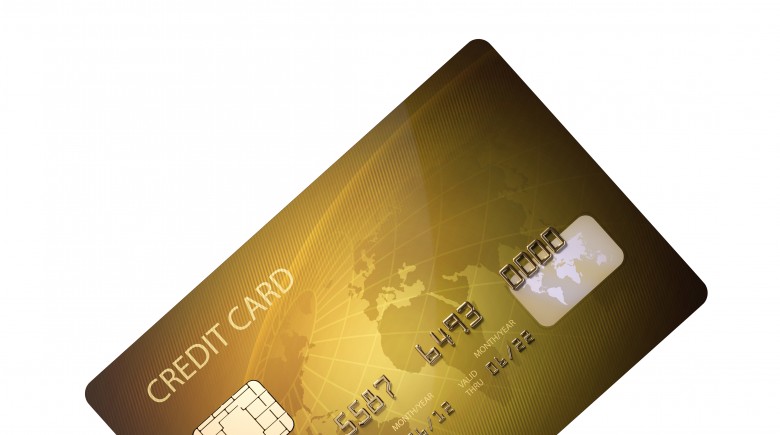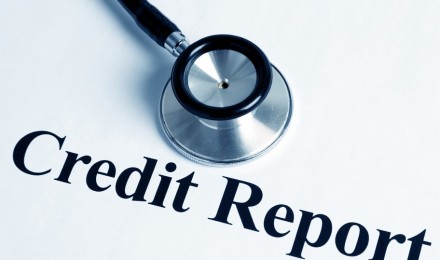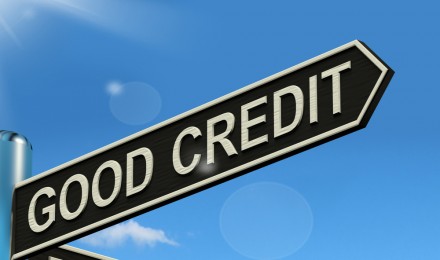Most people do not think twice about what is a credit card– the 3 ⅜ × 2 ⅛ inch cards that many of us carry in our wallets. Credit card issuers, such as a banks and credit unions create a line of credit for cardholders. Consumers use credit cards to borrow money from the issuer to make purchases for goods and services or to obtain a cash advance.
Credit cards fall under the category of revolving accounts because it allows the cardholder to carry balances from month to month. If the user elects not to pay off the balance each month, the issuer charges interest on the account. The interest rate charged on the account balance depends on the person’s credit worthiness and the terms of the credit card agreement.
Sellers that accept credit cards usually display acceptance marks—typically in the form a logo— to advertise which credit card it accepts, such a Visa or MasterCard.
How card issuers make money
The credit card market is a lucrative endeavor for card for the issuers. Credit card companies can generate income in three ways:
- Interest payments – From cardholders who fail to pay off the debt in full by the due date.
- Interchange fees – Fees lenders pay for each credit card transaction.
- Other fees – This includes annual and late payment fees.
According to John Ulzheimer, president of consumer education for SmartCredit com. APRs average between 13 to 15 percent.
What is a credit card Schumer box?
Credit card regulations require credit card issuers to include in the credit card application a black-and-white box that informs the consumer important information about the card, including the following items: APR for purchases, Variable APR, APR for transfers, Penalty APR, Avoid paying interest, minimum interest charge, annual fee, transaction fee, and penalty fee
Details of card rewards program must be contained in this box.
How companies calculate your balance
Generally, credit card companies calculate your balance on the average daily balance. For example, suppose a cardholder didn’t pay off a $200 during the 30-day grace period, and on day 15, pays off the balance in full. Add up the new debt left over at the end of the day–15 days of $200 + 15 days of $0.
Divide the total by the number of days. In this case, the consumer would pay interest on the average daily balance of $100.
Charge cards
Some people mistakenly refer to credit cards as “charge cards” However, a charge card charges no interest and the cardholder must pay off the entire balance at a later date—usually with 30 days. The advantage of having a charge card is that they typically have higher or unlimited spending limits. In addition, a charge card like American Express requires the cardholder to pay the balance in full each month.
Most people do not think twice about what is a credit card– the 3 ⅜ × 2 ⅛ inch cards that many of us carry in our wallets. Credit card issuers, such as a banks and credit unions create a line of credit for cardholders. Consumers use credit cards to borrow money from the issuer to make purchases for goods and services or to obtain a cash advance.
Credit cards fall under the category of revolving accounts because it allows the cardholder to carry balances from month to month. If the user elects not to pay off the balance each month, the issuer charges interest on the account. The interest rate charged on the account balance depends on the person’s credit worthiness and the terms of the credit card agreement.
Sellers that accept credit cards usually display acceptance marks—typically in the form a logo— to advertise which credit card it accepts, such a Visa or MasterCard.
How card issuers make money
The credit card market is a lucrative endeavor for card for the issuers. Credit card companies can generate income in three ways:
- Interest payments – From cardholders who fail to pay off the debt in full by the due date.
- Interchange fees – Fees lenders pay for each credit card transaction.
- Other fees – This includes annual and late payment fees.
According to John Ulzheimer, president of consumer education for SmartCredit com. APRs average between 13 to 15 percent.
What is a credit card Schumer box?
Credit card regulations require credit card issuers to include in the credit card application a black-and-white box that informs the consumer important information about the card, including the following items: APR for purchases, Variable APR, APR for transfers, Penalty APR, Avoid paying interest, minimum interest charge, annual fee, transaction fee, and penalty fee
Details of card rewards program must be contained in this box.
How companies calculate your balance
Generally, credit card companies calculate your balance on the average daily balance. For example, suppose a cardholder didn’t pay off a $200 during the 30-day grace period, and on day 15, pays off the balance in full. Add up the new debt left over at the end of the day–15 days of $200 + 15 days of $0.
Divide the total by the number of days. In this case, the consumer would pay interest on the average daily balance of $100.
Charge cards
Some people mistakenly refer to credit cards as “charge cards” However, a charge card charges no interest and the cardholder must pay off the entire balance at a later date—usually with 30 days. The advantage of having a charge card is that they typically have higher or unlimited spending limits. In addition, a charge card like American Express requires the cardholder to pay the balance in full each month.







